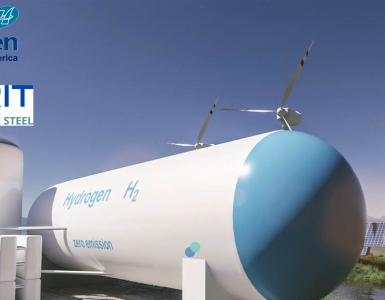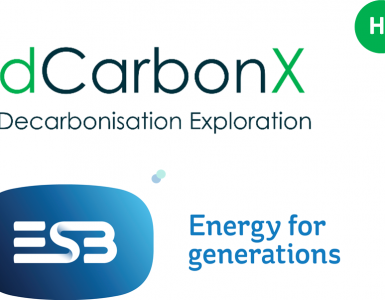Australian mines – solid state hydrogen storage metal hydride advancement and update.
Hydrogen Economy Background
Development of practical, safe, cost-effective and efficient storage of a large amount of hydrogen in a small volume remains one of the fundamental challenges of the hydrogen economy. Currently, the two most common techniques used to store hydrogen are to compress it to a high pressure or to liquify it (liquefaction).
These storage methods require tanks and/or cooling equipment, which are bulky and heavy and are not expected to achieve the desired gravimetric and volumetric densities required to fulfill the United States Department of Energy (‘DOE’) targets for onboard Hydrogen Storage for Light-Duty Vehicles2
.
Solid-state hydrogen storage is considered to have the potential to meet the DOE targets. One of the most stringent DOE criteria for a hydrogen storage system is a target gravimetric capacity of 5.5 wt% of hydrogen by 2025.
🔥 What about we co-host a webinar? Let's educate, captivate, and convert the hydrogen economy!
Hydrogen Central is the global go-to online magazine for the hydrogen economy, we can help you host impactful webinars that become a global reference on your topic and are an evergreen source of leads. Click here to request more details
In addition to the requirement of high gravimetric capacities, a desired system should exhibit a high volumetric capacity, a high rate of (de)hydrogenation at near-ambient temperatures, high reversibility (operational cycle life), high stability, and cost effectiveness.
Metal Hydrides and Australian Mines R&D Program
High-capacity metal hydrides are expected to be very important for storage applications in the future hydrogen economy due to their exceptional attributes. The high gravimetric capacity of metal hydrides for hydrogen storage is one of the main advantages they have over the conventional mature compressed gas and liquid hydrogen storage methods.
MgH2, for example, has a gravimetric capacity of up to 7.6 wt% hydrogen. However, in practice it has not been possible to utilise the high gravimetric capacity of MgH2 for practical hydrogen storage technologies due to two major problems:
1) the kinetics of hydrogen absorption and desorption in MgH2 is extremely slow occurring over the timescale of hours; and
2) thermal stability of MgH2 is too high, requiring high temperatures to release hydrogen.
To overcome these issues various researchers have focused on modifying Metal Hydride systems to improve hydrogen absorption and desorption properties, reaction rate kinetics and operating temperature. While some success has been achieved with alloying and nano-crystallisation of MgH2 systems, results have been highly process dependant and have used processes that are difficult to apply to industrial scale manufacturing.
It is Australian Mines’ collaborative research and development (R&D) partnership with Amrita Centre for Research and Development, which is focused on both modifying Metal Hydride systems and the manufacturing process that has led to the development of the metal hydride MH-Oct22.
Highlights:
- Independently verified test results from LCGC Bioanalytic Solutions LLP, of a recently developed Metal Hydride, hereafter called (‘MH-Oct22’) demonstrated:
- Absorption capacities of 4.86 wt% and 5.26 wt% of hydrogen at 300⁰C and 350⁰C, respectively at a pressure of 38 bar.
- Desorption capacities of 4.33 wt% and 5.13 wt% of hydrogen at 300⁰C and 350⁰C respectively.
- Favourable absorption and desorption kinetics were observed, with the best results showing 5.0 wt% of hydrogen absorbed in 9.8 min and released within 3.7 minutes at 350⁰C.
- MH-Oct22 was prepared using a production process that the Company considers may be applicable for industrial scale manufacturing. Additionally, the hydrogen was stored and released in the gas phase.
Solid State Hydrogen Storage Metal Hydride Advancement and Update, October 10, 2022








